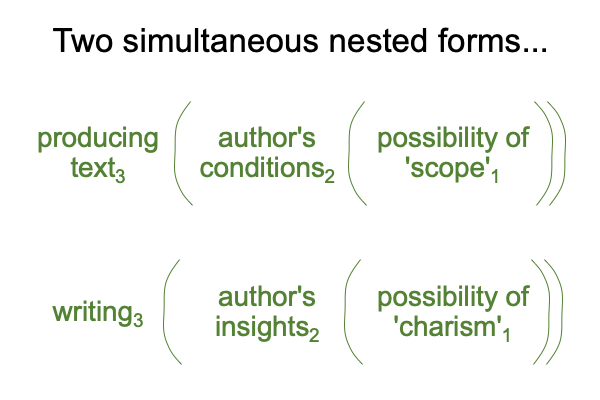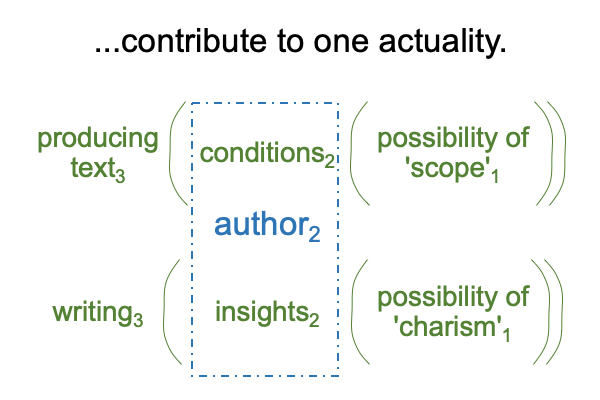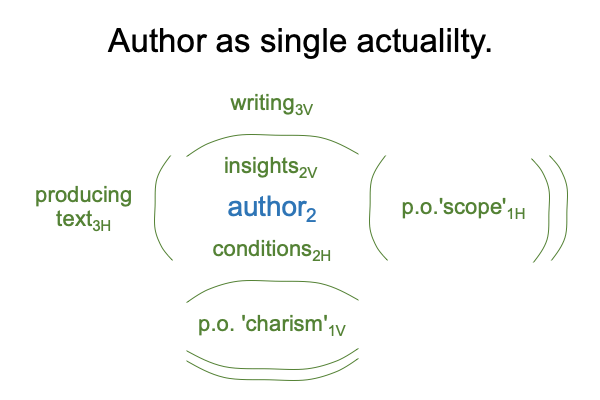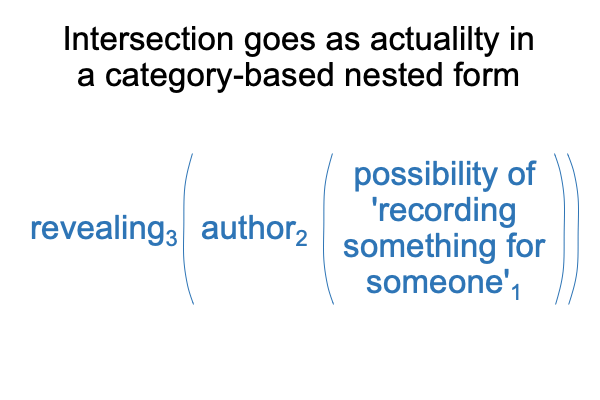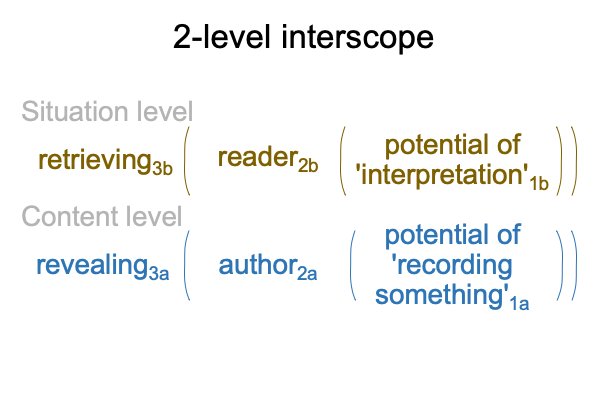Looking at Carol Hill’s Article (2021) “Original Sin with Respect to Science” (Part 12 of 15)
0050 In the last sections of her article, Carol Hill wrestles with the issue that Saint Augustine’s doctrine is part theological and part scientific.
The incredible duality comes from Saint Paul, who compares Christ, as the one who is to come, and Adam, as the one who is fallen. Paul makes two assertions. One, Jesus literally descends from Adam. Two, Adam’s sin entangles all humanity.
If Adam stands at the start of the history of the Jewish covenant, then that is one point.
If Adam stands at the start of the Ubaid of southern Mesopotamia, then that is a second point.
A scientific question arises concerning the Ubaid. How does the Ubaid entangle all humanity?
0051 What does Paul say in his letter to the Romans?
Paul connects Jesus to the salvation for all humanity.
This connection is theological and diagnostic.
Augustine of Hippo develops the connection. He is honored for centuries for these developments.
0052 Today, Augustine’s theological propositions on the nature of original sin surpasses the current modern social sciences, which still reduce the human condition to manifestations of stimulus-response. Augustine’s diagnosis is unparalleled. Even if humans are animals behaving according to the dictates of stimulus-response, our current Lebenswelt is not the same as the Lebenswelt that we evolved in. So, our evolved responses operate in a world that no longer reflects our um… evolution.
As for the current social sciences, if one reads two of E. Michael Jones’ books, Libido Dominandi and Degenerate Moderns, then one can see how the personal lives of the founders of various social sciences pay tribute to Augustine’s theological diagnosis of the human condition. Their personal lives are testimonials to original sin.
0053 Today, Augustine’s scientific proposition on the nature of transmission of original sin has been thoroughly debunked by modern genetics.
But, that does not mean that today’s humanity is not entangled in original sin.
Rather, it means that we are faced with a very curious problem in human evolution.
Why is our current Lebenswelt not the same as the Lebenswelt that we evolved in?

